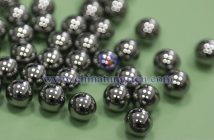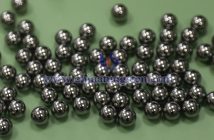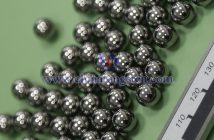Due to their high hardness, wear resistance, and excellent mechanical properties, tungsten carbide balls are widely used in ball mill grinding, making them a preferred choice for grinding media. Composed mainly of tungsten carbide (WC) sintered with metal binders such as cobalt (Co), they exhibit high hardness (HRA 85–93), high density (14.5–15.0 g/cm3), corrosion resistance, and impact resistance, making them ideal for high-strength, high-precision grinding applications.
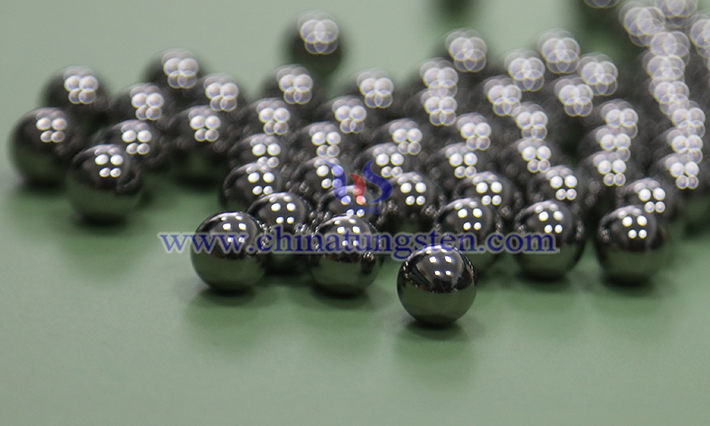
In the ball mill grinding process, tungsten carbide balls serve as grinding media, pulverizing and refining materials through collision, compression, and friction. Their main application areas include:
Powder Metallurgy: Tungsten carbide balls are used to grind metal powders (e.g., iron, copper, aluminum) or alloy powders, producing uniform ultrafine powders for manufacturing high-performance metal parts. Their high hardness ensures grinding efficiency while minimizing media wear, preventing material contamination.
Ceramic Industry: In grinding ceramic raw materials (e.g., alumina, zirconia), tungsten carbide balls efficiently pulverize hard particles to achieve nanoscale or submicron powders, enhancing the density and performance of ceramic products. Their corrosion resistance makes them suitable for grinding in acidic or alkaline environments.
Chemical and Pharmaceutical Industries: Tungsten carbide balls are used to grind chemical raw materials, pigments, coatings, and pharmaceutical ingredients. Their low wear rate ensures product purity, which is critical in pharmaceuticals to prevent impurity contamination.
Mineral Processing: In ore grinding, tungsten carbide balls efficiently crush hard minerals (e.g., quartz, iron ore), improving mineral processing efficiency. Their high density concentrates grinding energy, reducing grinding time.
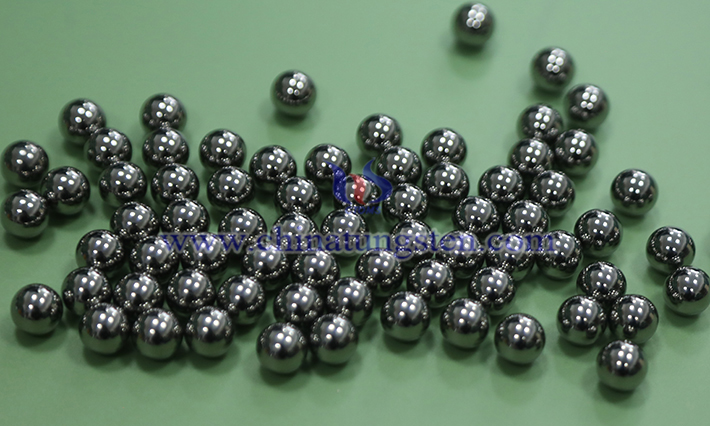
The size of tungsten carbide balls (typically 3–50 mm) can be selected based on grinding requirements, with smaller balls suitable for fine grinding and larger balls for coarse grinding. Compared to traditional steel balls, tungsten carbide balls have a lower wear rate and longer lifespan, reducing replacement frequency and production costs. However, their higher cost requires careful consideration based on material properties and grinding requirements.
To optimize grinding performance, it is essential to control the ball-to-material ratio, rotation speed, and grinding time to avoid over-grinding or energy waste. Additionally, attention should be paid to the recycling and maintenance of tungsten carbide balls to extend their lifespan and ensure grinding quality.

